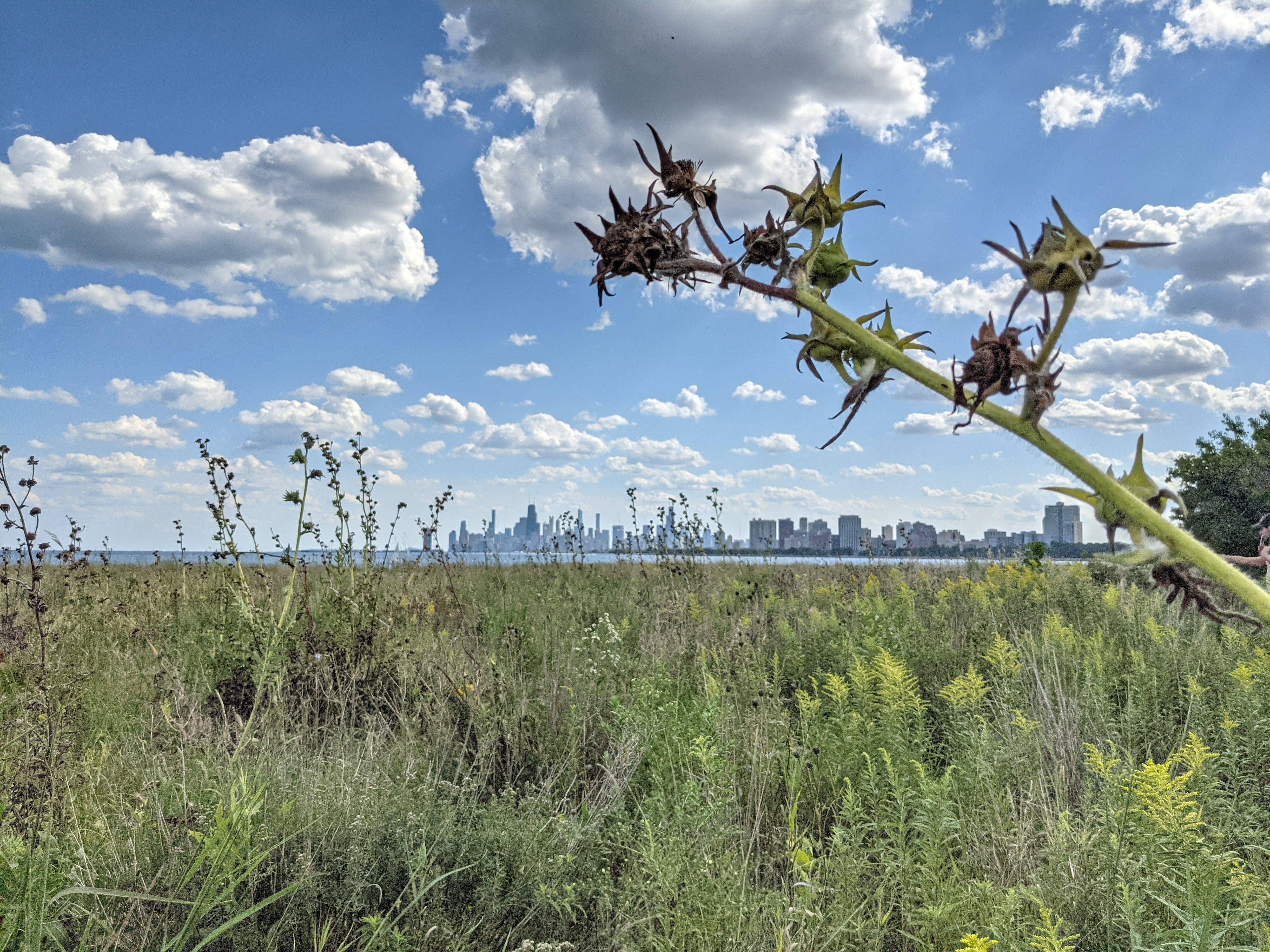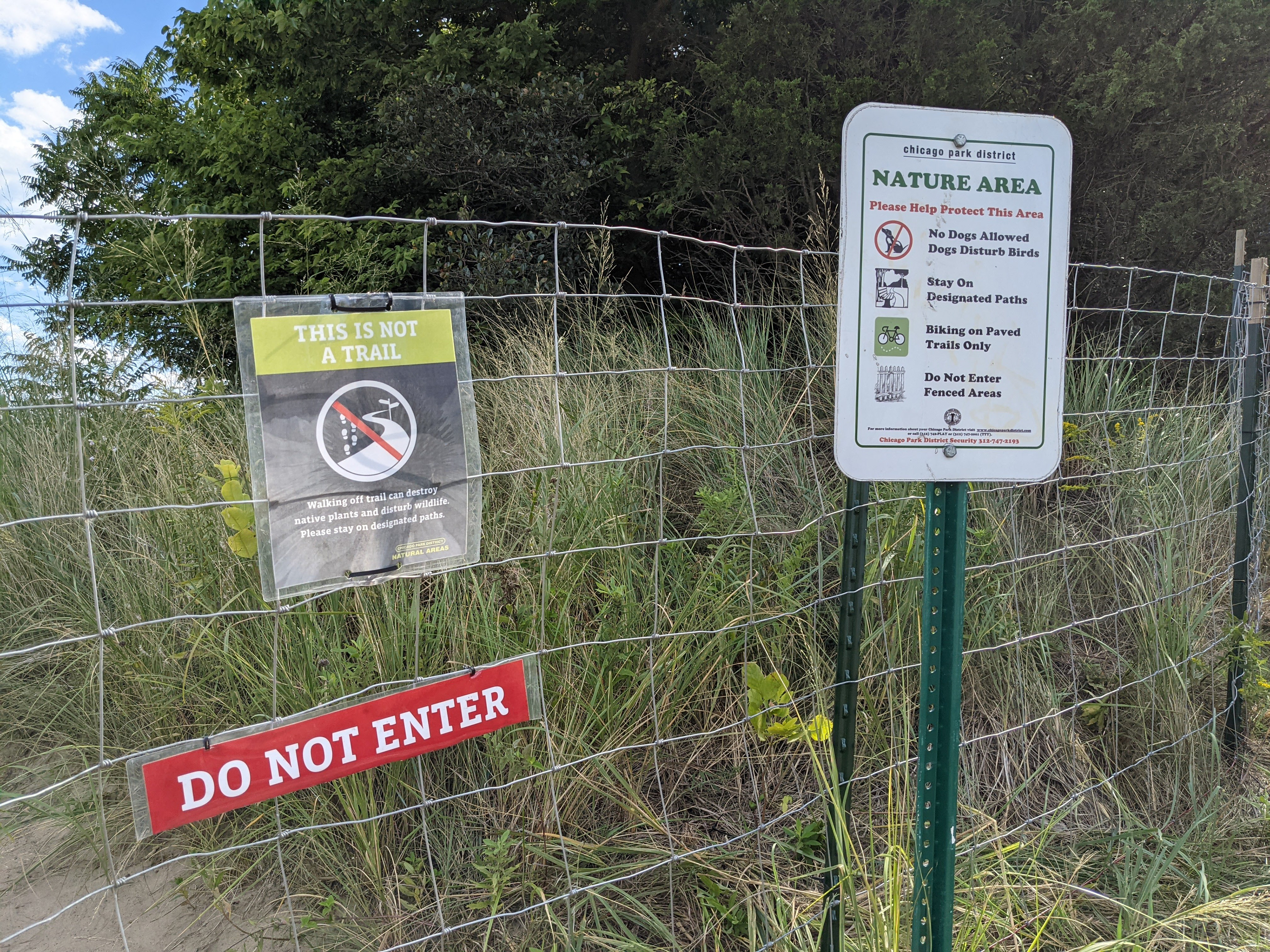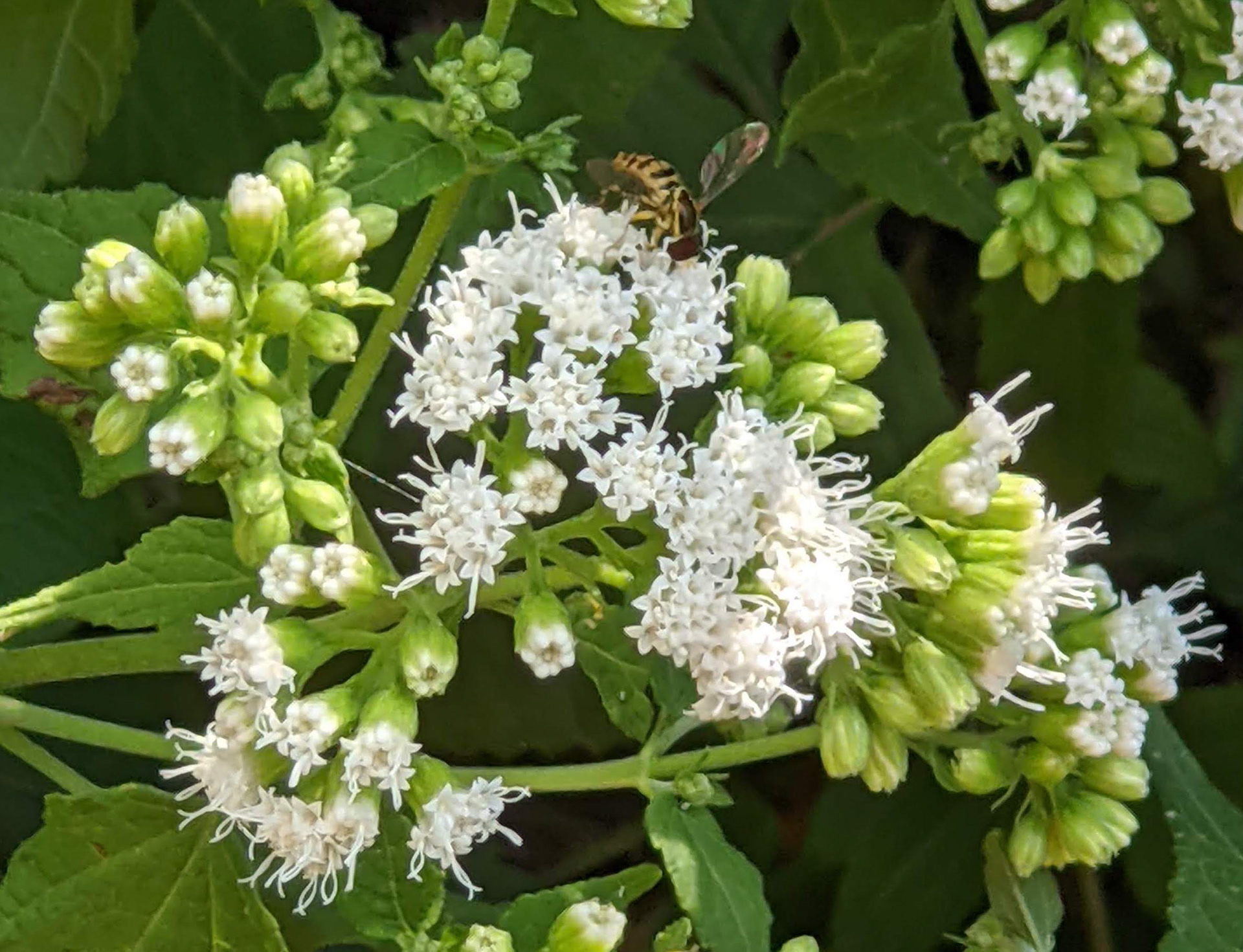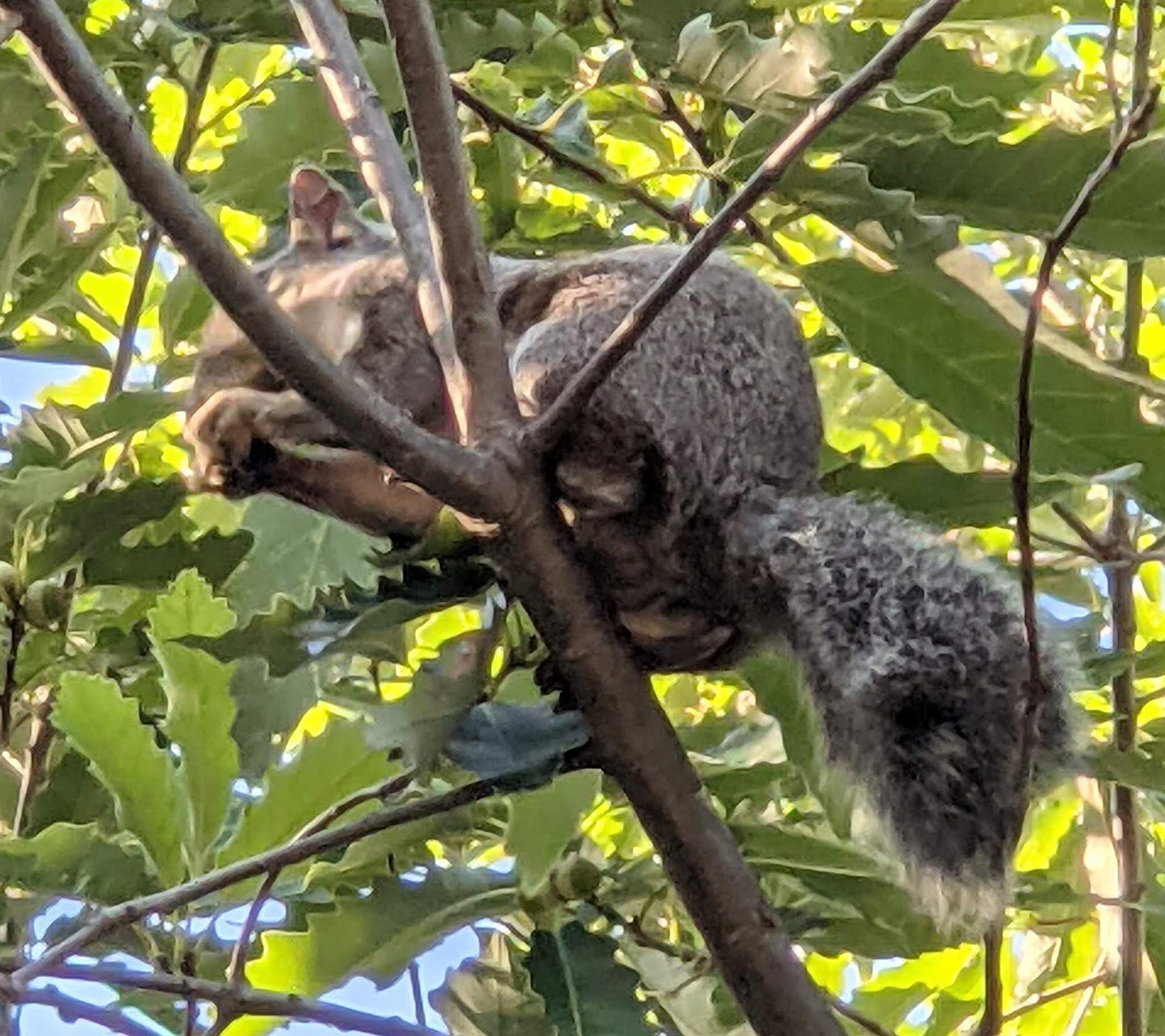Date:
9/5/21, 2:45 - 3:45pm
9/5/21, 2:45 - 3:45pm
Location:
Montrose Bird Sanctuary/Dunes (Chicago, IL)
Montrose Bird Sanctuary/Dunes (Chicago, IL)
Conditions:
Sunny, 82°
Sunny, 82°
Focus: Seeing and sensing systems
Montrose Bird Sanctuary is a nature preserve located along Lake Michigan, just inland from the Montrose Dune area I visited a few days earlier. Though some of the animal life overlaps at the edge, it provides a view of a very different type of ecosystem full of native plants and wildlife.
Observations:
At this time of day, there was much to see, hear, and contemplate. This area is teeming with life - numerous resident and migratory bird species, dragonflies, spiders, butterflies and other pollinators, small mammals, and a variety of native plant life. It was not difficult to find numerous systems within this environment all working together to keep the system in balance - each insect and animal that serves as prey to another, predators that help keep prey populations in check, insects and animals that help to propagate plants and trees, the plants and trees that serve as both food and habitat for insects and animals, plants that create oxygen and absorb water utilized by insects/animals and fungi. Everything has a function that benefits another part of the system, and as long as a balance has been achieved with little outside disturbance (predation from invasive or domesticated species, human-caused harm like litter/pollution or plant destruction, excessive noise, etc.), balance can be maintained. Before this balance has been achieved, any disturbance to a part of the system will be a much greater shock (for instance, a family of critically endangered Great Lakes piping plovers whose chicks were eaten by predators, reducing the local population from six to four). This is where it can be useful to intervene, as humans have done to create, maintain, and protect this sanctuary from major shocks.
Although such a system can easily thrive and recover from inevitable disruptions on its own, any system is vulnerable to interference from bad (usually human) actors. When designing or looking for leverage points within a system, the likelihood of disruption from those who seek to exploit vulnerabilities cannot be overlooked. The importance of regulating negative and positive feedback loops is easy to see in this mostly balanced and somewhat controlled system. Introduction of a new element (endangered plovers) without a strong enough negative feedback control in place to maintain it (human intervention to keep out predators), resulted in a major loss. If positive loops in the surrounding park and neighborhood area were to remain unchecked (e.g. any new development or new uses for the park, which may lead to additional human activity, increased foot/car traffic, extra revenue generated for park businesses, increased popularity of the area), this would also put excess stress on the ecosystem and likely throw it off balance. This is why impact assessments are important prior to making major changes, and ensuring that affected parts of the system are given the time and ability to adapt accordingly.
(future client in service design, urban planning, commercial development)







References:
1. “Chicago Piping Plovers Lose 2 Chicks at Montrose Beach.” ABC7 Chicago. WLS-TV, July 31, 2021. https://abc7chicago.com/piping-plover-chicago-great-lakes-monty-and-rose-montrose-beach/10921475/.
2. Meadows, Donella. “Leverage Points: Places to Intervene in a System.” The Academy for Systems Change, April 5, 2012. https://donellameadows.org/archives/leverage-points-places-to-intervene-in-a-system/.